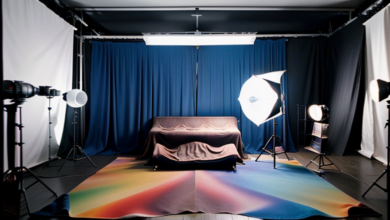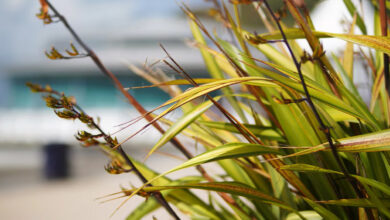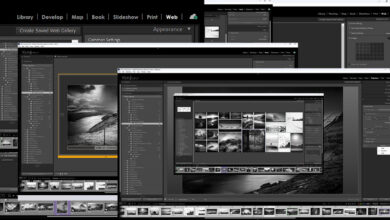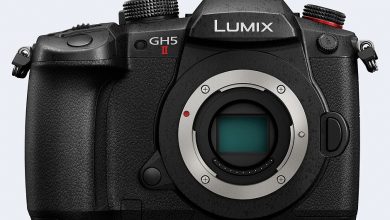Why Embracing Abstract Photography Will Improve All Your Images and How to Do It
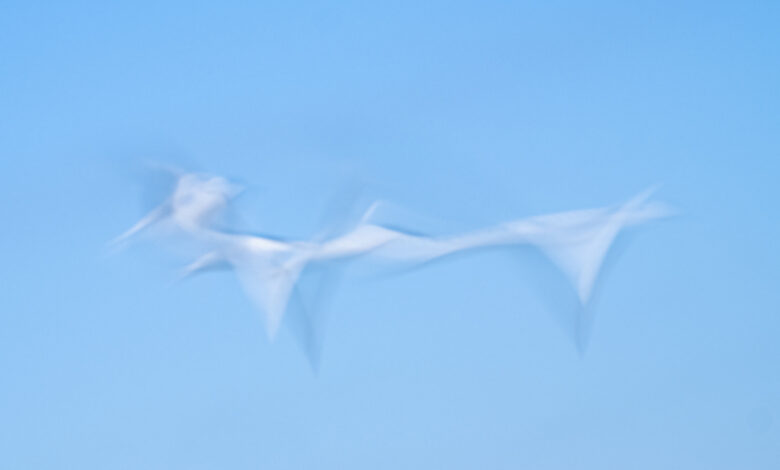
Abstract photography, do you hate it or love it? Either way, there’s a lot we can learn from the techniques and utilize them in our other photographic work.
Abstract is central to modern art. Therefore, abstract photography fits very well into that bracket, because it is one of the most modern of all arts. Digital photography, especially so. There is much we can discover from it that will help us develop our broader photographic skills. Plus, it’s a fun genre to dabble in anyway.

What Is Abstract Photography?
The word abstract has two meanings. Firstly, it can be synonymous with extract, and indeed, we can separate parts of an entire scene to create abstract images. Then, the word can be used like we do when we talk about an abstract idea; it’s something conceptual. With abstract art, and therefore abstract photography, both meanings can apply. Either way, it is a type of photography that is not attempting to show an accurate depiction of a visual reality but reveals the world in a way that most people don’t see it. That is what all good photography is about, but perhaps with abstract photography, we are taking that to extremes.

The opposite of abstract art is figurative art. That depicts real-life imagery clearly, without distortion. It’s slightly confusing because figurative otherwise means metaphorical, and the ideas created by abstraction are often metaphors for reality.
With abstract photography, the subjects are often not even recognizable, although sometimes, the subjects can jump out at you after close examination. This sudden realization of the image’s subject is explained in modern Gestalt theory. It suggests that a viewer will look at the whole image, perhaps recognizing its individual elements, and then an understanding of the whole scene will leap forward in their mind.

Often, in all forms of abstract art, including photography, the subject has been simplified or schematized. Abstract art uses the organization of patterns, textures, colors, forms, geometric shapes, and gestural marks to achieve its effect. This is known as ‘pure’ abstraction. That fits well with photography because organization – composition – is one of the essential building blocks of creating a photo.
Abstract Photographer and the Naked Emperor
One criticism of abstract photography is the Emperor’s New Clothes argument. Some fear expressing that they don’t see the purpose or meaning because others might think they are not all that bright, yet, for them, there is no meaning there at all, and it’s all nonsense. If you don’t get abstract photography, I’ll leave it up to you to decide whether it’s beyond your capacity to understand it or whether it is all a load of hogwash. Don’t worry, though. If you don’t get it, you are not alone.

Although many people struggle to see beyond abstraction being just random shapes on a piece of paper, for those that do appreciate it, this area of art is so very much more. It can be representative of reality but can also be understood as having moral attributes and representing virtues such as order, purity, simplicity, and spirituality.
That spiritual aspect comes from it not necessarily representing the material world and therefore must have some meaning beyond that. This idea stems from the ancient Greek philosopher Plato. He suggested that at its highest levels, beauty lies not in the forms of the real world but in geometry. Consequently, many abstract artists believe that artistic effect should be achieved by using pure patterns of form, shape, line, tone, and color.
The Two Types of Abstract Photography We Usually Consider
It is not always the case that abstract photos have meaning. Abstraction is usually subdivided between two art movements, one of which deliberately shuns meaning. That is concrete art, which is entirely free of any observable reality and that has no symbolic meaning. The other is non-objective art, which usually aims to convey a sense of simplicity and purity using geometry. Other forms of abstract art include Abstraction-Création, Cubism, Constructionism, Modernism, and Suprematism. These are less commonly applied to photography, although it’s not impossible to do so.

Is Abstract Art Beautiful?
There are those who believe that art should be purely about creating beautiful effects. This is indeed the most undemanding type of art to like; beauty is easily accessible. I know that if I post an image of a beautiful sunrise on social media, it will get far more likes than an abstract image or one of something sublime.
Furthermore, it is a commonly held belief that photography must be rooted in reality. In some circumstances, that is true. There are photographs that should depict reality as closely as possible, such as those used to illustrate news or if they were taken for scientific or legal purposes. Nevertheless, it’s not a prescriptive rule that every photograph should be made that way.

In fact, it’s possible to accept that a photograph is always a long way from the reality it represents. Firstly, it is two-dimensional, and the image is trapped in time, unlike the four-dimensional world we live in. Furthermore, the length of the exposure rarely stops or reveals movement in the same way that we perceive it. Then, there is the illusion of changing perspective resulting from varying a lens’ focal length.
Similarly, a photo’s depth of field is unlike that of our eyes. On top of that are all the other factors, such as the limited dynamic range and color space of the image, plus that the photo is only visual. It lacks all the other senses that we experience when we observe the world around us.

Of course, those restrictions also apply to the way we see the world and how our brains interpret our limited sensory inputs. There’s a lot more to reality than what our limited senses perceive. For example, dogs, bats, sea urchins, sharks, and flies sense their world in ways that we cannot imagine. The same would be true the other way around.
Once we accept that a photograph, in its limitations, is a poor representation of actuality, we can let go of the naive idea that photos must always be precise interpretations of reality, because they can’t anyway. It’s debatable that the camera never lies, but it certainly never tells the whole truth.

Adding Meaning to Abstract Photographs
Non-objective abstract photographers face a challenge that all experienced photographers tackle. That is to put their desired meaning into their abstract images. If you are setting out to take abstract photos that are more than just a random shape, then that takes considerable thought and a degree of intelligence to do so. However, if you can relate your intention with an abstract photo, it follows that doing the same in figurative photography should be easy in comparison. Consequently, that makes abstract photography a worthwhile pursuit.
Of course, that meaning can be personal, and it doesn’t necessarily follow that your viewers will interpret it in the same way as you.

How to Take Abstract Photos
To create abstracts, we are using the same techniques as we would when shooting any other photograph. It is usually achieved by changing the variables we have when we take a photograph. These variables are light, exposure, focus, the subject, and composition.
Firstly, light can change in intensity, color, and direction. These create varying levels of contrast. That doesn’t just mean the difference between luminosity, but varying contrasts between different hues and saturations.
Secondly, adjusting the exposure settings dictates how the light hits the sensor and that, in turn, affects the image, e.g. shallow depth of field, showing movement, etc.
 Choosing what is and isn’t sharp can be a major element of abstract photography. We can decrease sharpness with focus and depth of field, obscuring the lens, and moving the camera and/or the subject.
Choosing what is and isn’t sharp can be a major element of abstract photography. We can decrease sharpness with focus and depth of field, obscuring the lens, and moving the camera and/or the subject.
Finally, what you shoot and how you shoot is essential for creating abstract photos, too. We think about the subject, then our proximity to it, the camera angle, and the overall layout of the frame. As part of that, we seek out patterns, textures, colors, tones, and shapes.

Adding Abstract Elements to Figurative Photographs.
When you have taken on board the idea of abstract photography, you probably realize that success is usually down to simplicity. Try limiting the different elements in the frame. This doesn’t just mean less subject matter, but fewer changes in colors and tones. Learning to use simplicity this way helps when we want to carry it over to our everyday photography.

When we have mastered abstract photography, we can then employ these techniques in other photos we shoot. Moreover, discovering the methods of creating abstract photos enables us to better all our photography by including abstract elements in them. For example, in out-of-focus areas, patterns, and textures are abstract elements.
Is abstract photography something that appeals to you? Is it something you would like to try, but are not sure where to start? It would be great to hear your thoughts in the comments.
